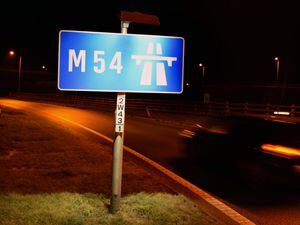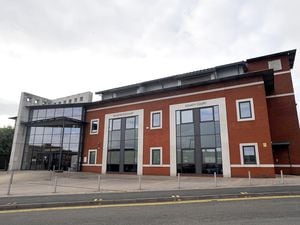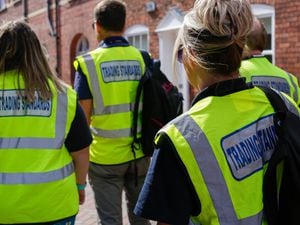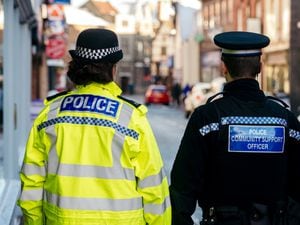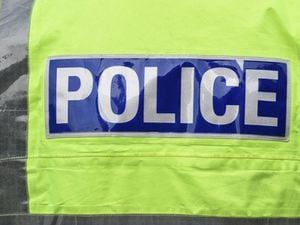The Shrewsbury garden where Darwin's fascination was sparked
In December 1838, Dr Robert Darwin planted an unusual type of mimosa in the garden of the family home in Shrewsbury.
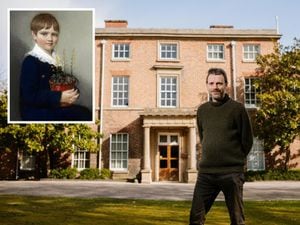
His son Charles, about to marry his cousin Emma Wedgwood, had asked his father to plant the South American flower ahead of his visit the following month.
And this entry, in Dr Darwin's diary, is one of the earliest surviving records of his son's studies into what would become the theory of evolution.
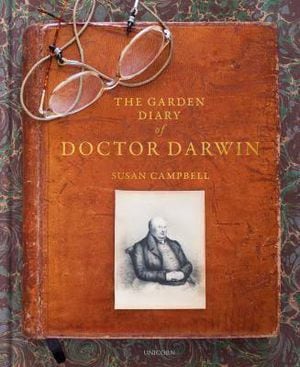
The leather-bound diary is the basis of a new book which looks at how activities at the family home on the River Severn would shape Charles Darwin's early studies into the origins of species.
Susan Campbell, author of The Garden Diary of Doctor Darwin, says the diary was discovered at a bookshop in 1986.
"A little old lady brought it in one day," she says.
It was bought by an historian called Peter Dance, who entered it into an auction, where it came to Mrs Campbell's attention. Dance had second thoughts about selling it, initially planning to write a book of his own, but when that failed to materialise, Mrs Campbell bought the diary off him.
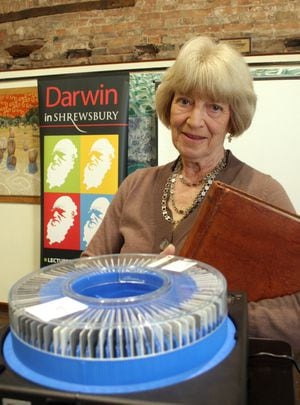
"The diary revealed that the doctor was making horticultural experiments for Charles, and growing plants to help him with his earliest theories, something that had hitherto been unknown," she says.
Charles Darwin was born in February 1809 at The Mount, a large brick-built house perched on a 100ft high cliff next to the River Severn. The house, on the northern edge of town, was built by Dr Robert Darwin towards the end of the 18th century, shortly after his marriage to Susannah Wedgwood.
It was here that the Dr Darwin and his wife created a magnificent seven-acre kitchen garden. And it was in this garden where a young Charles Darwin, together with his older brother Erasmus, would use one of the outbuildings to create a makeshift science laboratory.
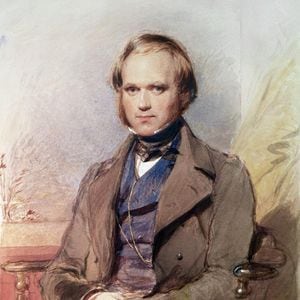
Mrs Campbell says that Charles, who was eight years old when his mother died, admitted that as a youngster he had been "in many ways a naughty boy".
She describes him as "passionate and quarrelsome, with a tendency to tell fibs and a liking for reading, solitary walks, birdwatching, collecting all sorts of things, climbing trees, fast-running and fishing".
And she says the Mount, with its vast grounds, were an ideal playground for this curious and energetic young man.
"The Mount's enormous garden, with adjacent fields, woods and river, was free for him to enjoy."
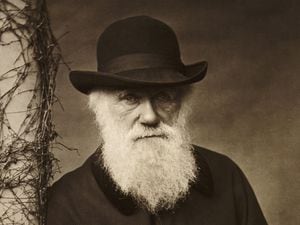
Charles' brother Erasmus Alvey, five years Charles' senior, was a promising young chemist who went on to study at Christ's College, Cambridge. But before that, the brothers set up a "fair laboratory with proper apparatus in a tool house in the garden."
While Erasmus was very much the driving force, Charles was "allowed to aid him as a servant in most of his experiments".
In one of the earliest entries in the diary, it appears that Charles was studying the design and evolution of mimosa plants in December 1838.
It is thought Charles asked his father to plant the a specific breed of mimosa because he was fascinated by its ability to open and close its leaves on touch, or more pertinently, to fold its leaves at night.

It seems Dr Darwin planted the seeds as instructed in January that year, and in April his son had another horticultural request.
"He had discovered two distinct forms of potato growing wild in South America," says Mrs Campbell.
The one kind of potato was commonly found in Chile, but he was convinced that another, discovered on the island of Chiloe, was the original wild potato.
Following Charles' marriage to Susan at Maer in Staffordshire in January, 1839, the couple bought a house in Upper Gower Street, London, but it seems he did not enjoy life in the capital.
Indeed, more than a year earlier, he had written: "What a waste of life to stop all summer in this ugly Marlborough Street and see nothing but the same odious house on the opposite side, as often as one looks out. I long to pay Shrewsbury a visit."
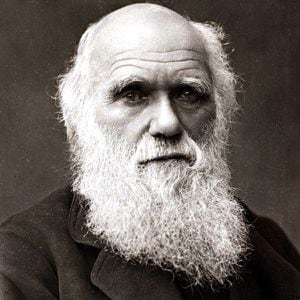
After his marriage to Emma, it seems the couple regularly returned to the Wedgwood house in Maer, and the Darwin's home in Shrewsbury, where Charles would study the life forms in the garden.
Mrs Campbell says: "He spent many hours in the gardens at Shrewsbury and Maer watching the activities of bees and other insects, and comparing he size, shape and position of the anthers, stamens, pistils and stigmas of different flowering plants, vegetables and shrubs.
"In The Mount's kitchen garden, Charles studied the flowers and seeds of cucumbers, rhubarb, cabbages, peas and beans. In the hothouse, he examined his father's passionflowers, the flowers of the tropical Rhododendron arboreum, orchids and the coral."
She says one of his ideas was to spread sheets of paper, covered with adhesive, to see how many seeds would drift towards them on a dry, windy day.
"Charles compared the structure of the flowers of the common thyme growing in the herb bed, with that of wild thyme and lemon thyme," says Mrs Campbell.
"The diary does not mention all the flowers he investigated, but two entries in November 1840 relate to his interest at the time in cross-fertilisation."
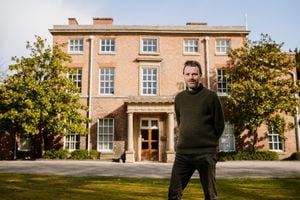
Dr Darwin died in 1848, and after that Charles' older sister, Susan, took over the writing of the diary until her own death in 1866.
The following year, The Mount was sold to Edward Lowe, who let it out to various tenants, during which the property – and the garden – fell into a state of decline.
Lowe's widow died in 1883, and sold the house to a wealthy banker, John Spencer Philips. It is thought the gardens would have probably seen some restoration over that time, but Philips died in 1909, followed by his widow 10 years later, and the Mount was sold to property speculator Thomas Balfour for £4,500.
Susan Campbell says: "He raised a mortgage on the property, and then, two years later, divided The Mount and its gardens in half, thus setting in train the destruction of the Darwins' famous and beautiful garden."
The site of the kitchen garden was later developed for the Darwin Gardens housing development.
"Both the kitchen garden and the flower garden are now buried under bricks and mortar, although the southern wall of the kitchen garden and the little garden house that was once the laboratory of Charles and Erasmus are still standing," says Mrs Campbell.
In April 2021, the Shropshire Star revealed that the Mount had been bought by tech entrepreneur and Welshpool businessman Glyn Jones for £1 million, with plans to turn it into a Darwin museum.
*The Garden Diary of Doctor Darwin by Susan Campbell is published by Unicorn and in on sale now for £30.

